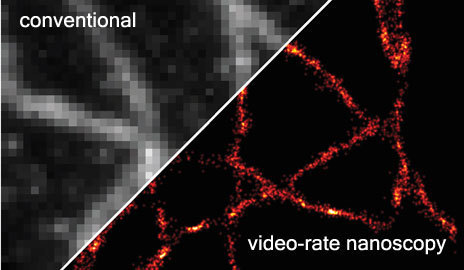Until recently, the wet lab has been a crucial component of every biologist. Today's advances in the production of massive amounts of data and the creation of machine-learning algorithms for processing that data are changing the face of biological science—making it possible to do real science without a wet lab. David Heckerman shares several examples of how this transformation in the area of genomics is changing the pace of scientific breakthroughs.
Via Szabolcs Kósa, Dr. Stefan Gruenwald



 Your new post is loading...
Your new post is loading...








This 36 min video is well worth the time spent - to get an idea (hopefully a transferrable one) about Big Data and the frontiers of science. In this case both "wet lab" (test tubes microscopes) and "dry lab" (computer modeling with machine learning) and needed and so is content as well as computational literacy.